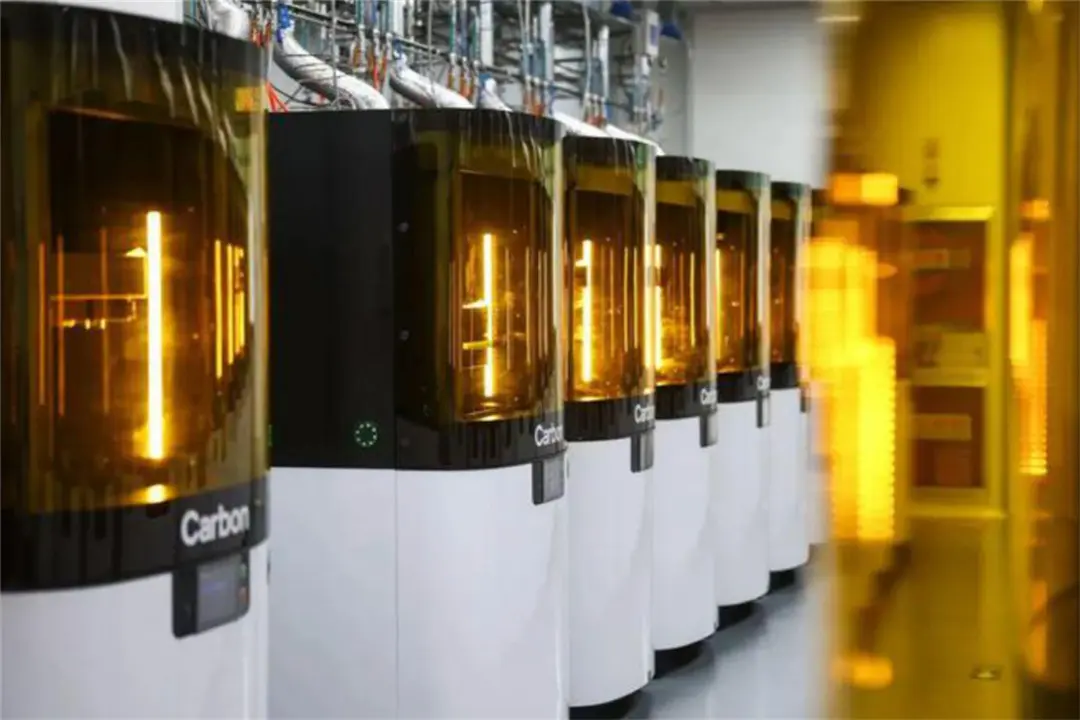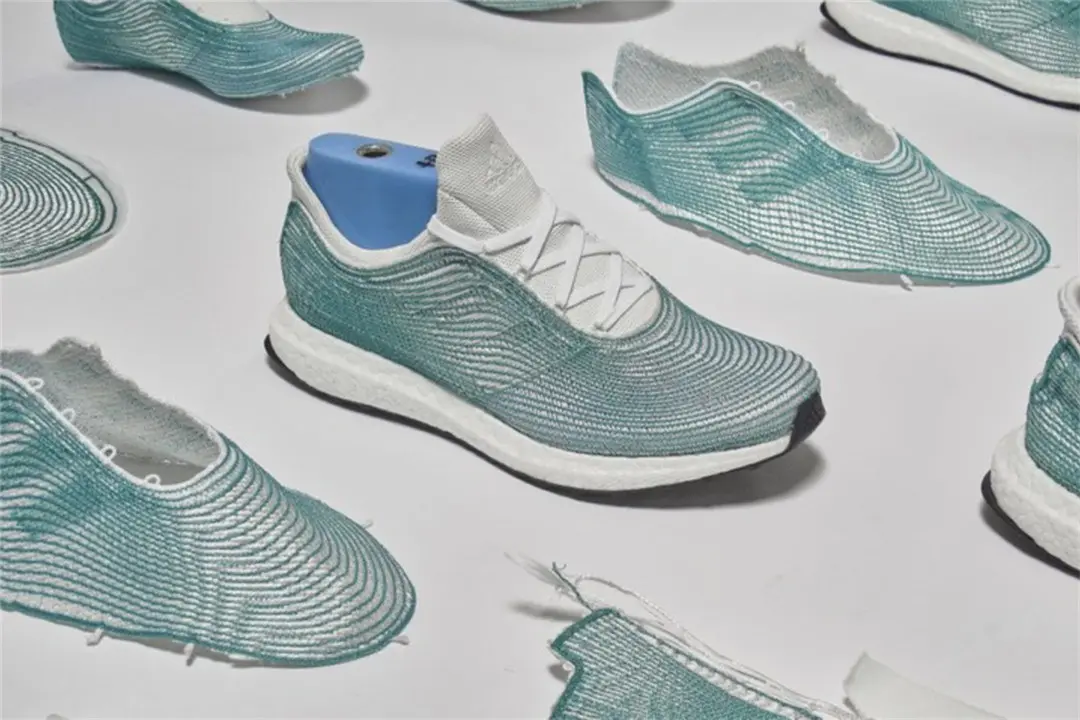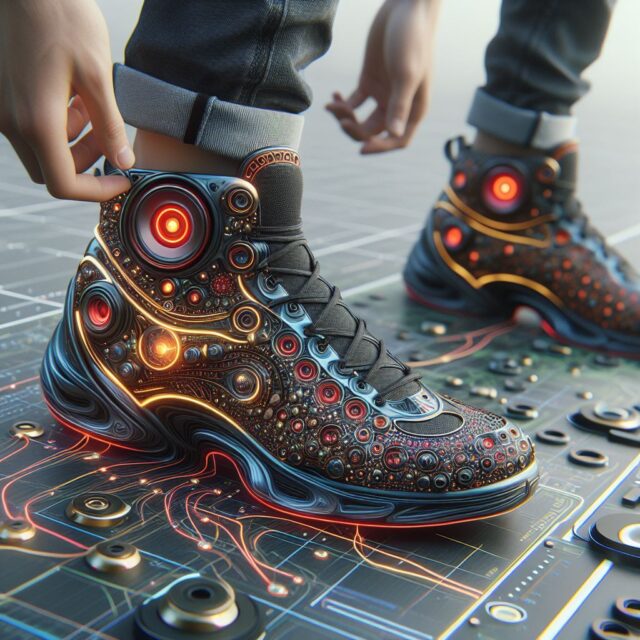
The Evolution of Men’s Sneakers
Men's Sneakers have evolved from functional footwear to a cornerstone of modern fashion.
Initially designed for athletic performance, they gained popularity in the 20th century, with iconic brands like Nike, Adidas, and Converse revolutionizing sports and streetwear. Over time, sneakers transitioned from utilitarian shoes to style symbols, incorporating innovative materials like Flyknit and EVA, enhancing comfort and performance. Today, sneakers blend technology, fashion, and culture, offering designs that range from high-performance models to luxury collaborations. The evolution reflects not only advancements in comfort and function but also shifts in lifestyle and identity.

Innovation in Footwear Design through 3D Printing Technology
3D printing technology is revolutionizing traditional modes of footwear design, providing unprecedented creative freedom and manufacturing flexibility for designers and manufacturers alike. With 3D printing technology, designers can quickly translate creativity into physical samples, significantly shortening product development cycles. Moreover, 3D printing enables the creation of complex geometrical structures and personalized customization, providing consumers with unique wearing experiences.

Application of Sustainable Materials in Footwear Design
With increasing environmental awareness, the use of sustainable materials in footwear design is gaining prominence. Many materials traditionally used in shoe manufacturing, such as plastics, rubber, and chemical dyes, have significant environmental impacts. To mitigate these impacts, many footwear designers and brands are exploring the use of sustainable materials as substitutes for traditional ones.

Future Trends in Smart Footwear Design
In today's rapidly advancing era of technology, smart footwear design is emerging as a new trend in the footwear industry. Smart footwear not only provides a comfortable wearing experience but also monitors users' gait, pressure distribution, and movement patterns in real-time through built-in sensors and chips.











